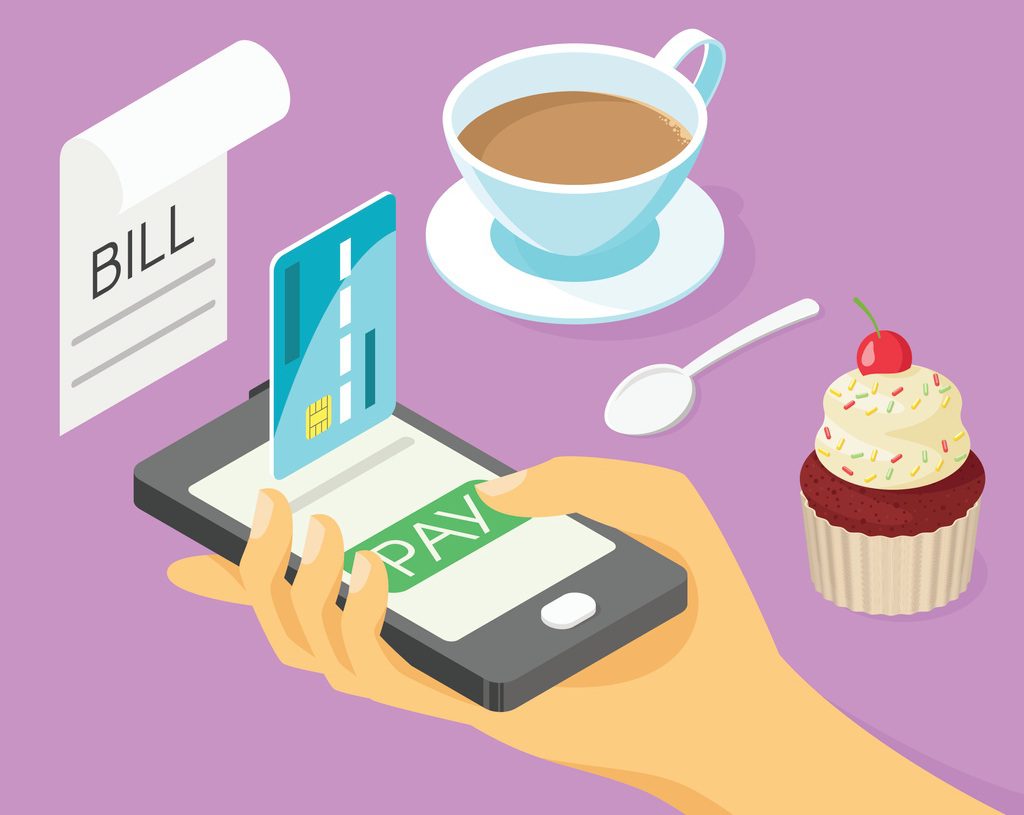
IESE Insight
Mobile payments: a framework for success
Mobile payments involve more than substituting a phone for a card. Think less about the tech, more about the new functionalities of m-payments. Here’s how.
By Eduard Calvo
If you recently purchased a song from your iTunes account, bought an app through Google Play or used your credit card data to pay for an online booking via your phone, then you are part of a growing number of people who are paying for goods or services with a phone. Perhaps your bank has also approached you about its latest mobile wallet app. Or a friend has suggested you use the PayPal-owned Venmo app to pay back your share of last night’s dinner.
Mobile payments, or m-payments, are taking off. In 2015, close to half a trillion dollars were transacted globally using m-payment methods, and analysts predict that figure could double by 2019.
Starbucks was one of the early movers, pioneering a mobile order-and-pay app that has become such a hit in the United States that it is now being rolled out across Asia, Europe and Latin America. Since launching its app in 2011, Starbucks has amassed more than 12 million active users. The app accounts for more than 21% of the company’s transactions and represents more than 50% of all in-person m-payments made in the United States.
A new paradigm is dawning, and more and more executives are growing convinced that m-payments could hold the key to unlocking valuable new business opportunities, as my IESE colleague, Stefan Stremersch, highlights in a case study he has written on Rabobank in the Netherlands.
But the Rabobank case study, as well as another by Stremersch on Alcatel-Lucent’s effort to launch a viable mobile wallet solution, both also underscore the extent of the challenges confronting executives who embark on this path.
In this article, I will suggest a simple framework — derived from case studies, teaching and research in this area — to assess the actual potential of an m-payment solution.
By understanding the driving forces and success factors, managers will be in a much better position to leverage the potential of m-payments and avoid overpromising what they can’t (yet) deliver.
A version of this article is published in IESE Insight Issue 31 (Q4 2016).
This content is exclusively for personal use. If you wish to use any of this material for academic or teaching purposes, please go to IESE Publishing where you can purchase a special PDF version of “Mobile payments: a framework for success” (ART-2922-E), as well as the full magazine in which it appears, in English or in Spanish.



